|
UNTITLED, San Francisco January 12, 13, 14, 2018 Palace of Fine Arts 3301 Lyon Street San Francisco, CA 94123 Glossary Magazine attended the Untitled Art Fair on Saturday, January 13. In our latest Review as Pictures, we highlight some of the works and spaces that caught our eye. The fair took place in the Palace of Fine Arts adjacent conference center, and like last year included a book store, free posters, radio programming, talks and off-site special events, etc. The cinema space and the ATA (Artists' Television Access) Underground Films Screening Room were excellent reprise from the rest of the fair. For those of you that remember last year's waterfront warehouse location in Dogpatch, you will be comforted by this year's climate control, the tidy booth orientation, and accessibility. The space felt more formal ("serious"), but also more tame; we missed the rawness and energy of last year's fair, which took more architectural and installation risks. This year has many gems and things to note/remember/honor/watch. Enjoy: If we had to pick a favorite, it was the Xiao-yang Li's solo presentation of sculpture and paintings presented by narrative projects, London. "The motif of transformation (bodies) or metamorphoses is recurrent in the artist's practice; she often turns to mythological tales as a key point of inspiration." - narrative projects. Her references to mythology, the female form and her use of materials and color are timely, yet timeless. Classical mythology, vessels, and friezes, and still-lifes are in the ether: Pictured below, Denny Gallery, (NY); R/SF projects, (SF); onestar Press, (Paris). Allouche Gallery (NY) featured a group exhibition of still-life themed paintings and sculpture featuring a huge yet satisfying mix of several artists from Los Angeles, New York and Europe including Ivan Alifan, Donald Baechler, Bäst*, Melissa Brown, Mia Brownell, Jonathan Chapline, Rosson Crow*, Nicasio Fernandez*, Nick Georgiou, Joe Grillo*, Evan Gruzis, Thrush Holmes, Paul Insect, Katarina Janeckova*, Royal Jarmon, Emma Kohlmann*, Caroline Larsen*, Inna Levinson, Arkady Lvov, Rafa Macarron, Taylor McKimens*, Erik Parker, Kenny Scharf, Emilie Stark, Menneg, B. Thom Stevenson, Sebastian Wahl, Brian Willmon. (*my picks) They have a lot of Kenny Scharf, which I am not too keen on, but appreciate his place in the history of what he does (more than Koons). In general the booth was a vibrant selection, fresh with many complex works. You can browse their fair catalog here. 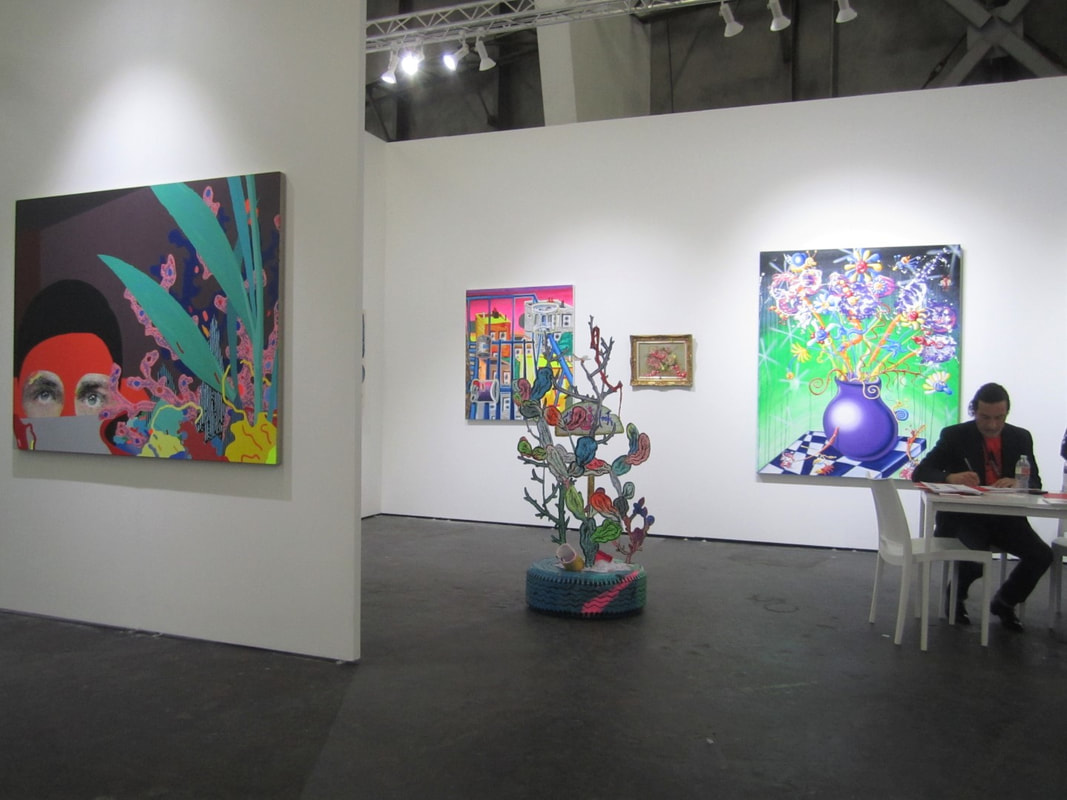 Allouche Gallery, NY, Paul Insect, (L-R) Untitled, Acrylic on raw linen canvas 51.2 x 66.9", 2017; Royal Jarmon "Birds Bread", Acrylic on canvas 48 x 42", 2017; Kenny Scharf, Untitled sculpture 2018, Kenny Scharf "Bouquet De Bugz", Oil on found painting 17.5 x 21.5", 2015; Kenny Scharf Active Still Life, Oil, acrylic, spray paint, diamond dust and glitter on linen, 72 x 60" , 2017-2018. Other painting/sculpture installations of note: Interface Gallery, (Oakland); R/SF projects (SF); Freight + Volume (NY); Casemore Kirkeby (SF); Southern Exposure (SF); DENK Gallery (LA). Non-profit spaces fully representing their artists with a variety of small, affordable works by many artists, and SOMarts standing strong with a politico-action packed booth. Pictured below: Artadia (NY etal); The CCA Wattis Institute for Contemporary Arts (SF); SOMArts (SF). We were very excited and impressed by two Norwegian galleries! Pictured below: Prosjektrom Normanns (all the work was incredible, but was very enamored by Ingeborg Kvame acrylic works on fringed raw cotton) and Kunsthall Stavanger featured Lina Viste Grønli, and Judith Bernstein, Margrethe Aanestad, Frode Felipe Schjelderup. Lastly a nod to artist Charlie Leese's sculpture presented by 100%, which were arranged in different spots of the fair. Seemingly utilitarian, their powder-coated metallic sheen gave away their function as stand-alone things and nothing more. "Charlie Leese’s “Stumps” are sculptures which toe the line between public art and public utility. They have no utilitarian function but masquerade as objects which could – like a hydrant, bike rack, or electrical box. Their vivid, saturated color stands out anywhere but their mysterious forms cloak them from recognition." -statement, UNTITLED In all, the fair is a fine way to relaunch Glossary. Originally launched in 2016, the magazine went on hiatus shortly after inception; we're glad to be back and talking about art in the Bay Area again. To learn more about Glossary, read our Manifesto/a, or browse our Table of Contents. All images courtesy Glossary Magazine, 2018 unless otherwise noted.
0 Comments
On May Day, May 1st, 2016, Glossary Magazine attended a talk at the Oakland Museum of California, presented by Angela Davis. Davis is a political activist who is well known for her efforts during the United States Civil Rights Movement of the 1960’s; she was a leading member of the Communist Party USA, with ties to the Black Panther Party. The talk was given at Open Engagement, a consortium of conferences focusing on Art as Social Practice. This year the theme for Open Engagement in Oakland was appropriately POWER.
It is with great pleasure that Glossary presents to you dear readers, our notes from Angela Davis’s talk—especially for those who were not able to attend either because they didn’t know about it, or because they could not afford to buy the entry ticket or the tickets were “sold out.”
As a member of the media we realize that we are in a position of privilege, because we are able to attend such events. Even though we do not make a living wage at the efforts of this publication, it is part of our mission to forge onward and provide readers with important dialogue that is happening in our art community & beyond. We do this through our Review as Dialogue platform, which transcribes artist talks.
Notes are taken in-situ, and are not literal transcriptions of neither audio nor direct quotes (unless otherwise noted in quotation marks), but rather points that were touched upon. Certain key word choices and diction has been retained to accurately reflect the tone and sentiment of the discussion [+notes for reflection and/or clarity]. In many instances, Davis’s talk is abstract, leaving gaps that are open for research, to fill in with more examples that she did not mention, but are pertinent, which I have done and included in the transcription. Her discussion includes reference to artists making work about resistance and power, as well as citing philosophers and art theory. Her presentation style is dynamic and flows from topic to artist, to theory and back again, peppered with inspirational and powerful remarks about the current state of culture for people of color, and our response to each other. And now, the incomparable (as they say in Jazz): Angela Davis. Enjoy. ANGELA DAVIS We are here today in Oakland, where we know that Black Lives Matter, and that we have the highest concentration of artists per capita than any other US city. It is home to the Black Panther Party, Oscar Grant, Occupy, Critical Resistance , Black Lives Matter, theTGI Justice Project. It is a place of anti-policing, anti-prison, radical justice, food sovereignty . . . where “art and politics are always clashing, sometimes converging.” This conference is a three year long venture, with the theme of Justice in Chicago next year, and the Sustainability in New York the year after that. . . and here we are in Oakland for the POWER conference. “And I would add ‘To the People’ to that: Power to the People, Power to the People.” [slowly, calmly] “Make Art and Make Change.” The Black Panthers have inspired many artists to make art. One example is Elizabeth Catlett’s Homage to the Panthers, of 1993. Or her pieces Black Unity (1968) and Homage to My Young Black Sisters (1970).
And let us not forget this: Emery Douglas' Black Panther Logo.
Music has been inspired by the Black Panther cause as well. [plays Mannenberg by Abdullah Ibrahim (1974)] a song recognized as a South African apartheid song, which when Nelson Mandela heard it said, “Liberation is near.”
“In order to generate power, softness is required.
Softness overcomes the hardness. Softness will overcome.” Softness is a place of reflection, imagination and possibility. Art pushes us to places beyond; Animated by freedom and justice; Discovering motion, comforting and troubling. “Wherever we land we have to continue to move.” Art shapes awareness of people—it contributes to consciousness of others, to change. It endlessly challenges the world. When we reference art theory, we are taught that art moves us away from the given and points us elsewhere, toward possibility—through the power of negation. In referencing the philosopher Herbert Marcuse, [paraphrase] art allows us to focus on and beyond what it is in order to make room for what might be. “This is the power we need to generate.”
ANGELA DAVIS
Power can be soft and transform through interdisciplinarity and reflexivity. It can purge domination and oppression. It is critical. Critical power and resistance educates the imagination and is central to our thought processes and engaging with art. I want to turn to Immanuel Kant . . . When I taught, my students were reluctant to read Kant. “They didn’t want to read the work of another dead white guy.” But this is the world we are in, and we need to understand it. “Personally, I found Kant really provocative.” [audience laughs] He said that aesthetics assume the most pivotal position. That aesthetic judgement represents freedom in ways that are impossible in discursive ways. If you want to know about this, you can read it in his “Critique of Judgement.” The ability to be moved by something beautiful, to use the imagination beyond the cognitive process [that is the importance of aesthetics]. “Conceptual thought can be rendered possible through art.” Returning to Marcuse, he stated, “Art preserves the promise of happiness.” Art is ultimately the goal of all revolutions. The Power of Art. In the struggle to change the world, it engages with power and politics. The quest for freedom is a constant theme. The US is the oldest democracy, and France is the second oldest. But we cannot deny that it is an Elitist Democracy, and that is what we have been working with. Here, we cannot deny that slavery existed as a part of that “democracy.” [in contrast] the Haitian Constitution of 1805 stated that all citizens are designated Black. They is extremely symbolic to create a non-exclusionary category of people—that Blacks are the majority, and welcomed all others to be a part of that. We understand race only as white [through a white lens]. [Race is a matter of differences]. It is the collective struggles that that define humanity. To say that Black identity is all human. . .What if we were to imagine black women as emblems of humanity? [Consider that everyone is a women]. Racial hierarchies need to be overturned, and so do gender hierarchies. Black women are the mules of the world. [reference to character Janie Crawford, in Their Eyes Were Watching God by Zora Neale Hurston (1938), also references general sentiment that Black women carry a heavy burden of the world on their shoulders and perform feats of back-breaking, tedious labor as slaves.] Recently Hillary Clinton made a remark about Trump: “ I have a lot of experience dealing with men who sometimes get off the reservation in the way they behave and how they speak,” Clinton said [in an interview with CNN's Jake Tapper, which first aired on "The Lead." Even though we don’t condone Trump, this remark is highly problematic for other reasons]. Her apology is not any better, because she is not bringing her moment of mis-speaking forward for discussion. “Racism is so embedded in the psyche that we don’t recognize it anymore.”
ANGELA DAVIS (continued)
[Throughout the talk Davis continues to cite artists and their role in activism]. Leonard Peltier has been incarcerated for over forty years. [In 1975, Peltier was convicted of two consecutive life terms for the murder of two FBI agents at Pine Ridge Indian Reservation in South Dakota. The incident that Peltier was convicted for took place in 1973, and was known as the Wounded Knee Incident—part of a federal siege during violent conflicts over elected officials at the reservation.] David Hammons’ In the Hood. It is an important piece to revisit in context with Trayvon Martin [and the stereotypes of the hoodie in relation to Black bodies]. Black Lives Matter is recognizing how racism works; Women, men, trans, boys, queer, lesbians, immigrants, girls [all bodies are subject to racism/violence]. Latino, Native American, Asian, White peoples’ lives matter. We have much more work to do before we can start to claim "all lives matter."
“The tyranny of the universal.” [Here, something is lost in the notes, but Davis has spoken extensively on this topic in countless academic settings, and I encourage readers to look it up. Also, Glossary directs readers to the Universal Declaration of Human Rights, available in its entirety on the United Nations website.]
Davis shows audience a map of the Palestine loss of land, 1947 to present. [When viewing a map of Palestine, we can see that over the course of 68 years, beginning in 1947 shortly before the issuance of the Declaration of Human Rights, we see a disparity of sides. The idea of Universal Human Rights is still marked by barbarism that the Declaration clearly is against].
ANGELA DAVIS
“It is important to be supportive and critical at the same time.” [Segue into African American pop culture, Davis sites Janelle Monáe’s song “Hell You Talmbout (Say His/Her Name/Say Their Names).” If you don’t read any of this transcription, you must at least listen to this song]. Video from Blacklce Bell You Tube
You can also listen to the mix version issued on Wondaland Records soundcloud, including artists Janelle Monáe, Deep Cotton, St. Beauty, Jidenna, Roman GianArthur, and George 2.0. LISTEN HERE: Hell You Talmbout
Davis continues: Africa is far greater than one element of our origin story. “One can intensely enjoy something and at the same time be ambivalent about it.” There are many examples of songs in pop culture that I enjoy [guilty pleasures]. But pop culture has an element of capitalism that I have to critique. There are many renditions of Billie Holiday’s song Strange Fruit. [Singer Annie Lennox spoke with journalist Tavis Smiley about the topic on NPR, which the Gawker critiques as “Annie Lennox White Washes Explanation of Strange Fruit.”] During the Civil Rights Movement the anthem was “We Shall Overcome.” But some of us think it was “Mississippi God Damn!” Sometimes potency is lost in the power of the fetish. Artists imagine their contributions to the freedom struggle. [Prison is the subject of many artists work – is she saying that there is an artist fetish for prisoners? Creation empowers others to rally, yet we still see a lack of results and action from government (Peltier another example)]. Artist Jackie Sumell and Herman Wallace, whose incarceration and ultimate death prompted Hermans House.
These are important times. It is the most wonderful time to be young. It is also a good time to be old! We have been waiting for decades for this [What is this? We think she means Social Practice Art]. The turn toward art is a sign that we are at a juncture for the possible. What will happen if we don’t make it happen?? We can be involved, but our country is engaging in racist violence. In Europe too, racism has reached massive proportions as immigrants seek asylum from more violent place. The US is not immune to responsibility in this problem; who invaded Iraq, Afghanistan, Syria?
“The power of art can help us decolonize our minds.” We need new ways of talking about racism. We have a major responsibility to get out of Palestine. Islamaphobia has played a major toll on our psyche after 9/11. We need “descriptive solutions.” When we are told that people are shot, we say that we need better police. [Do we need better police, or different policing?] But institutions are embedded with violence. We need to restructure it! “I don’t know what a “better” prison is. To me, a better prison is NO PRISON.” We need to abolish police and imprisonment as we know it. It needs to be Dematerialized. Power. Justice. Sustainability.
ANGELA DAVIS answers questions and responds to comments from the audience.
AUDIENCE MEMBER 1 As a black man I perform every day—but we call it professionalism. I use $20 words when a 5cent one would be fine. I need to prove that I am educated. I am performing blackness. I get so tired of performing blackness all the time. What is it like/why does [have to be] the experience of living day to day as performance? ANGELA DAVIS Yes, Performativity. Most of us do that. We all engage in that. I would like us to think about that differently. The ways in which we need it or feel compelled to do it. But also the ways in which we all need art. All of us have creative potential. It may not be embraced by the art world, which is so much about profit, but we need creativity [to be creative] in order to survive. I would prefer to be a Negro all the time and think about what that means to me. There are a lot of different kinds of Negroes; one way of being may not be that comfortable [for another person]. AUDIENCE MEMBER 2 I own an organic farm in Washington State. My partner is white . . . I am wondering what advice you have for mixed race [business people], considering issues of race/racism going forward. ANGELA DAVIS There is no easy way to fix racism. There is no one, no [one] thing we can do to avoid it. Everyone is implicated in racism. There will be no two-week intensive or a year-long, or 5 or 10 or 100 years [to quick fix this]. The work we are doing now can create transformation that may not be seen for generations. We have to learn how to remain interested, despite geographic borders, beyond generations. “We are in community with people who have not been born.” AUDIENCE MEMBER 3 I am from Melbourne, Australia, originally from the Congo. (paraphrase) I had to dismantle white supremacy to see outside of me. Your work is an inspiration, Thank you. ANGELA DAVIS I am a real person with no higher powers. I am standing here because of people all over the world. I am a witness to solidarity, to community. [I wish I could] demystify how people see me as a dream come true…You know who is an inspiration? This women sitting right here – Dorothy Verner, 101 years old!! When her kids were grown she started going to art school—she started showing her work in her 70s! AUDIENCE MEMBER 4 I grew up in white rural Minnesota, and spent [recent, more open-minded] 3 years in Minneapolis. I was presented with an opportunity to teach art to underserved youth, but received a lot of negative feedback and response because I am a white female. I turned it down because I wanted to avoid the stigma or “parasite artist” [an artist that takes advantage of others for their gain]. Do you have any advice for social practice artists that are working with unfamiliar cultures? ANGELA DAVIS Again, I have no one piece of advice— these are complicated situations. “What I want is for us to be more complicated. If you are committed you have to be a part of the community you are working with.” History and work creates relationships—for the long run. Find humility. When a community appears to be less privileged, if you don’t undo the hierarchical relationship you are perpetuating the problem. What can you learn from the situation? What will be the epistemological value—that knowledge would you have gained from that community? AUDIENCE MEMBER 5 I recently witnessed racism in my school, and participated in a 3-day long anti-racism protest/demonstration. I realized that being a person of color, and being HAPPY is defiance in our society. ANGELA DAVIS There are ways in which we can learn from other peoples’ struggles. How can we share our stories with each other? What you have is the same as what everyone else has in the community and wants to be a part of. But that is a kind of narcissistic way of creating community. We need to learn from other peoples’ stories. To quote Audre Lorde, “Difference is a way of bringing communities together.” Racism is fear. The way of being is the way you have always been. We need to be BOLD, and artists can do that. To create something that has never been done before [create something that is not the way you have always been]. “Power to the Artist.”
And a sincere thanks to Angela Davis for her thought-provoking talk.
Stay tuned for more Open Engagement coverage by Glossary soon. Meanwhile, a recent response titled "Making Art Politically: A Reflection of Open Engagement, 2016" was published in Temporary Art Review by Anthony Romero and Abigail Satinsky, as well as "Who Speaks: the Power of Voice at Open Engagement 2016," written by Genevieve Quick each offer insightful points. Until next time, Leora Lutz, Glossary Magazine.
Would you like to see more posts like this? Consider making a donation to support attending and transcribing these events; any amount helps.
|
Reviews
All
shop
Eco-mindful journals by Glossary Syndicate
glossary's FOUNDER & author
thank you for visiting
Consider making a donation to support operating costs, research & writing time. Any amount helps!
reviews
All
other sf art publications
SFAQ
Art Practical Articiple SF Art Enthusiast SF Weekly SF Gate/Chronicle SF/Arts (Monthly) Stretcher Sartle global sf coverage
|
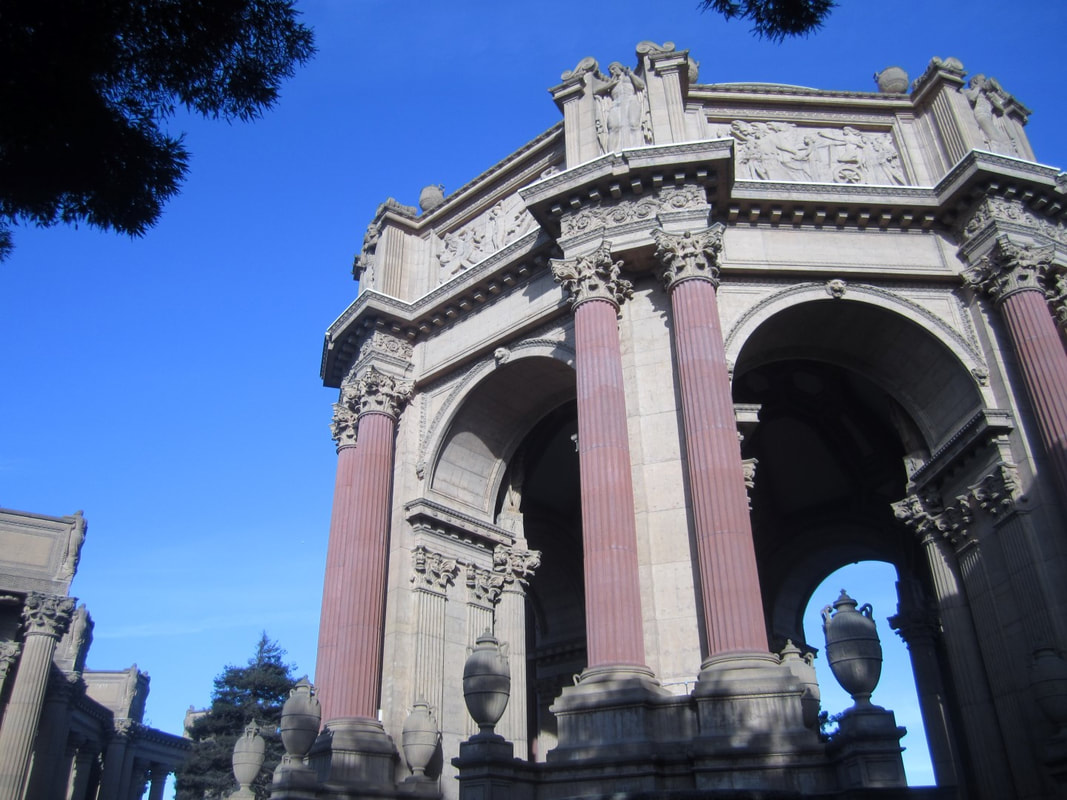
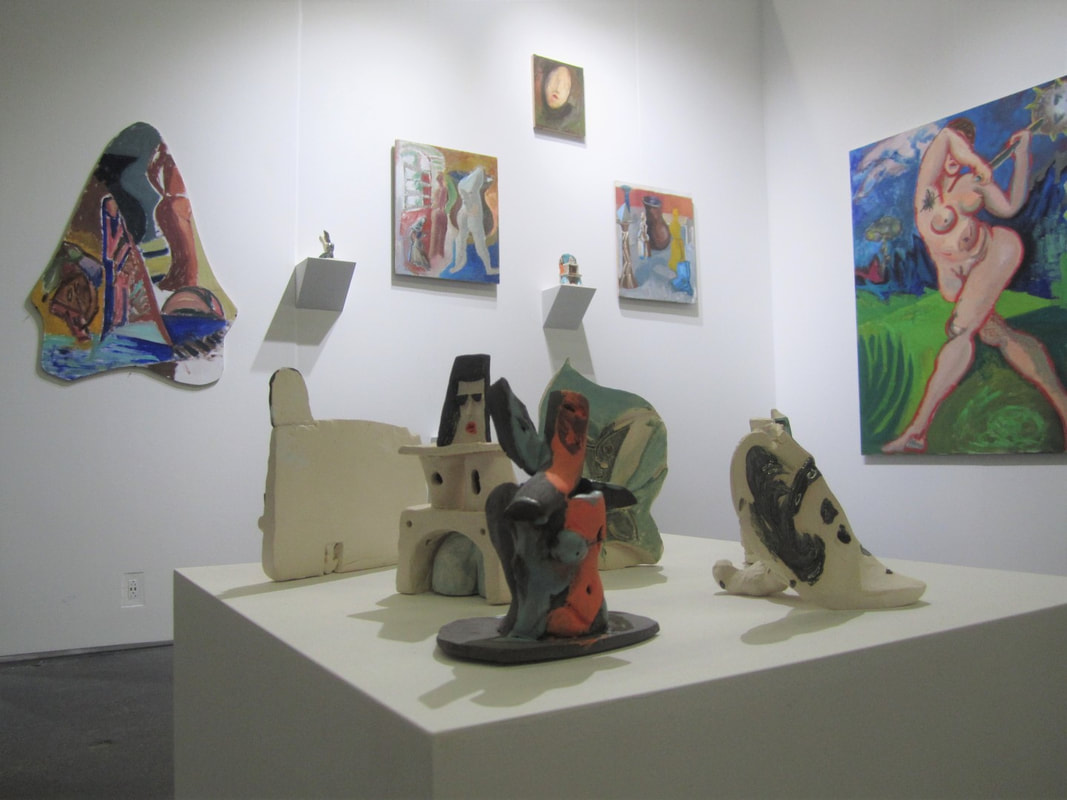
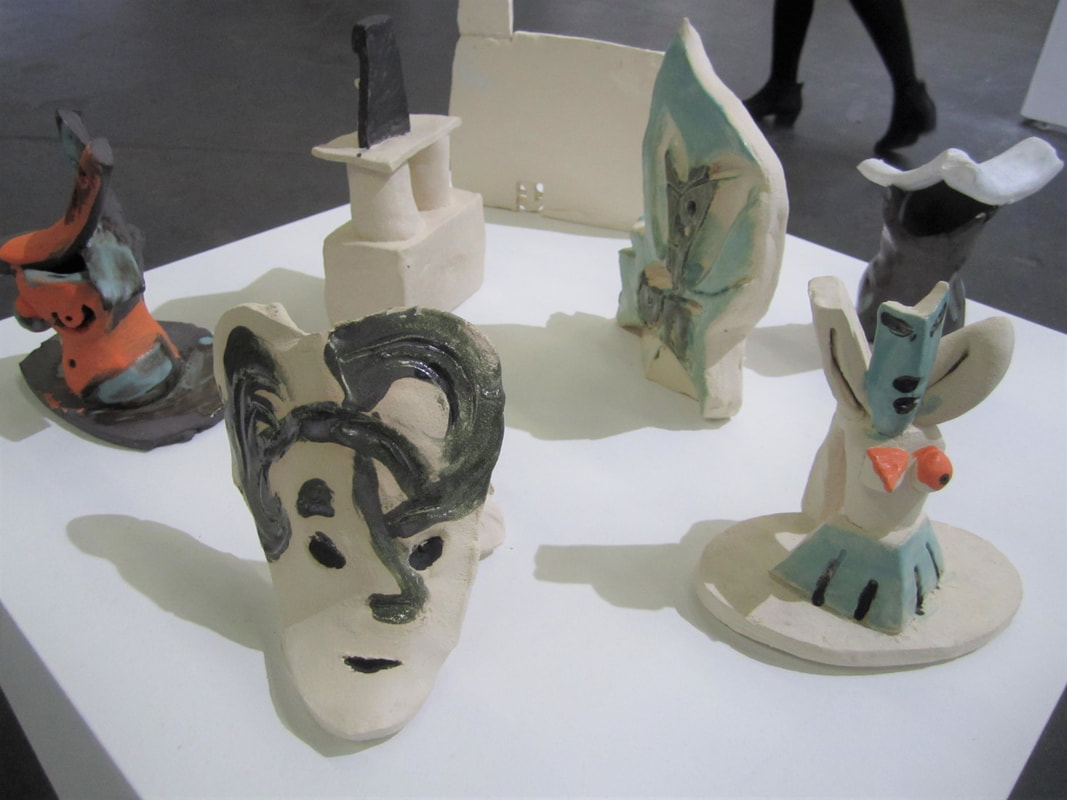
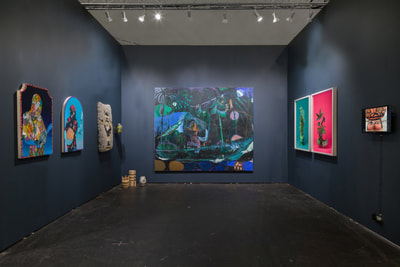
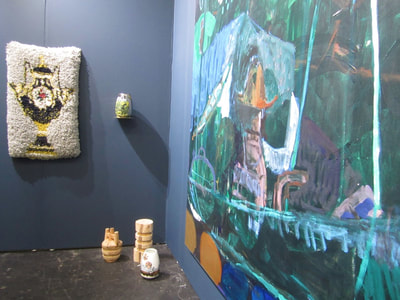
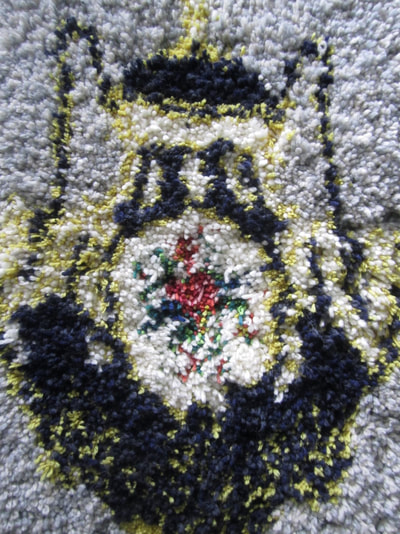
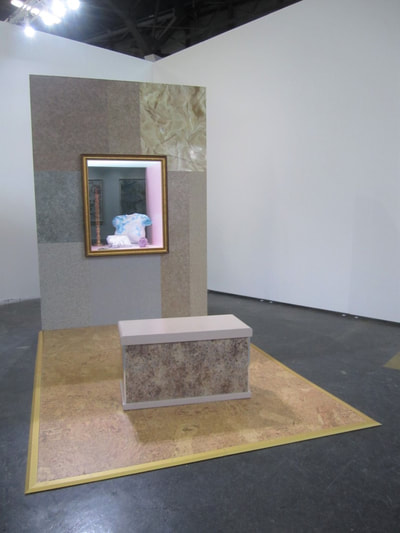
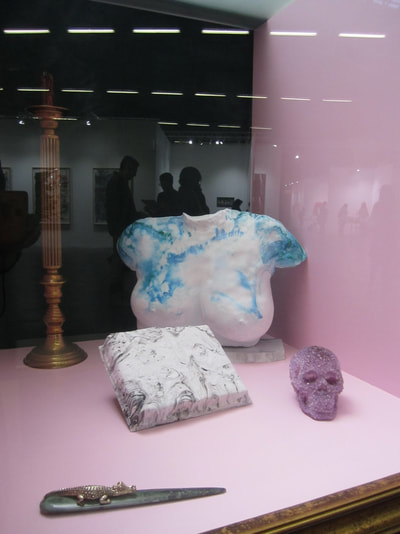
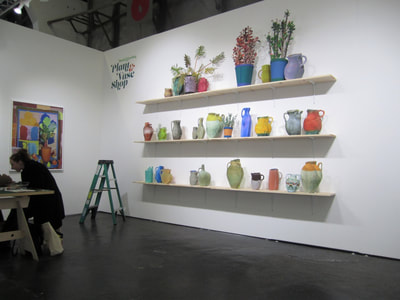

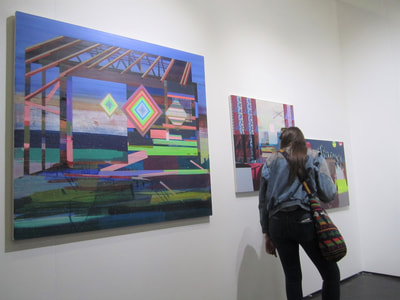
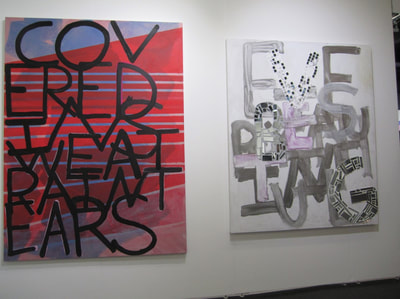

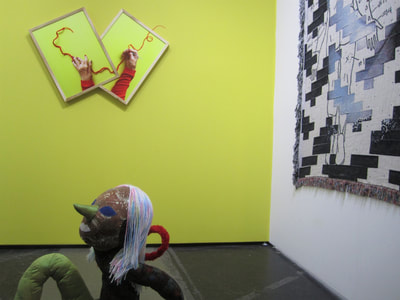
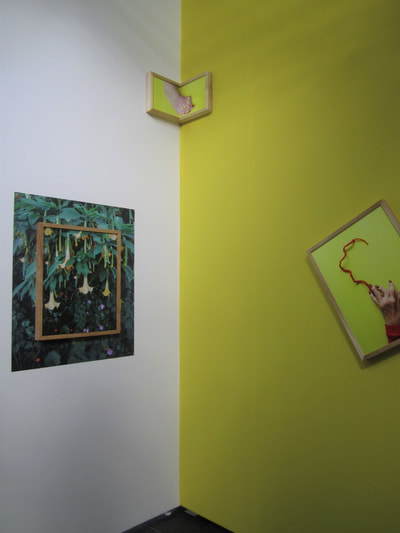
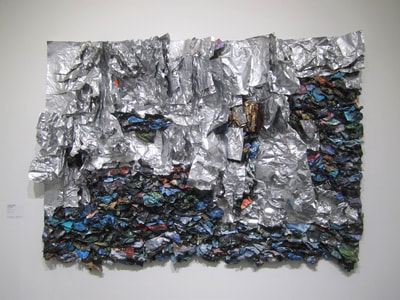

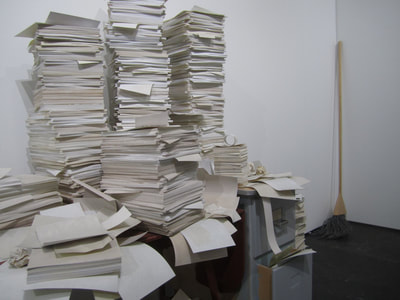
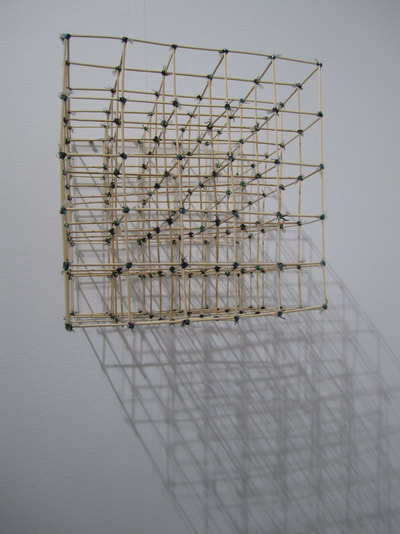
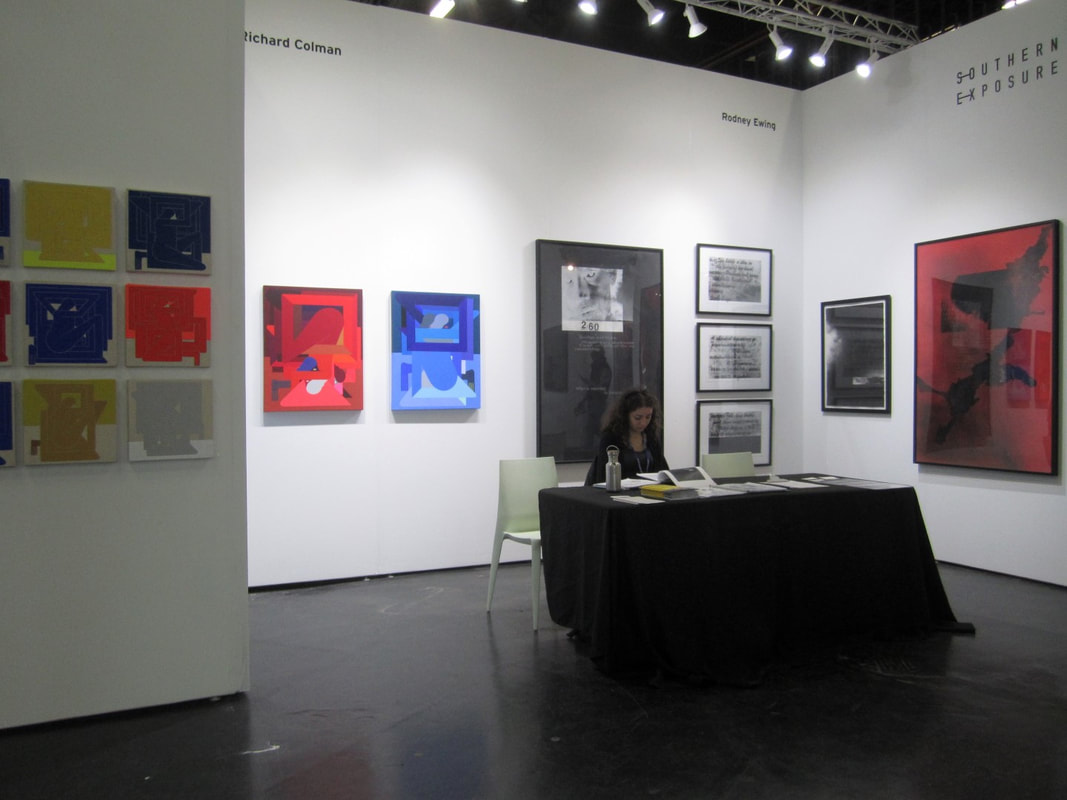
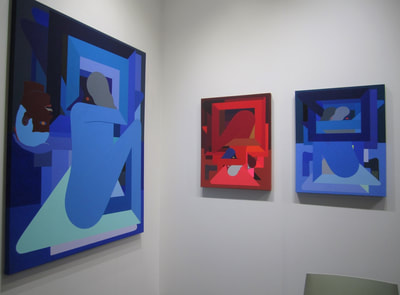
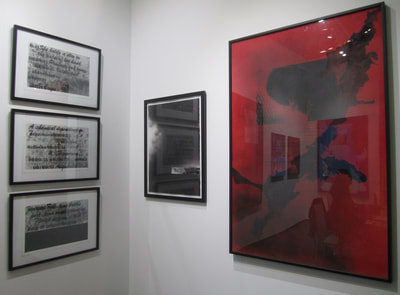
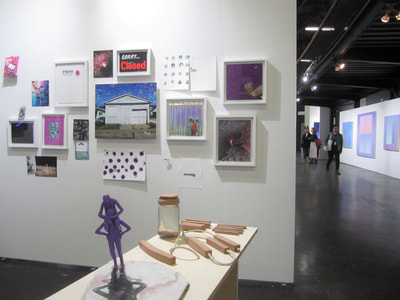
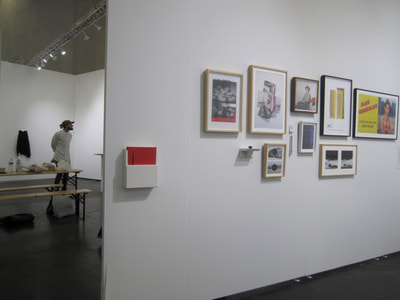
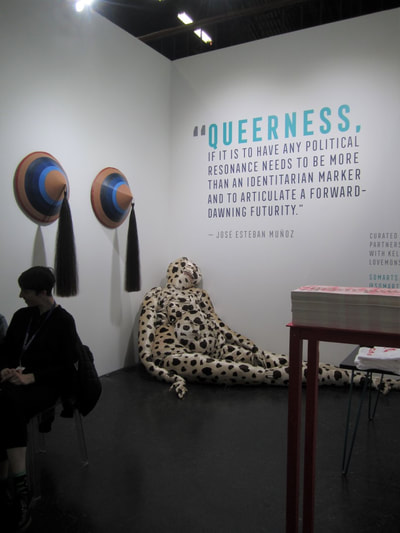
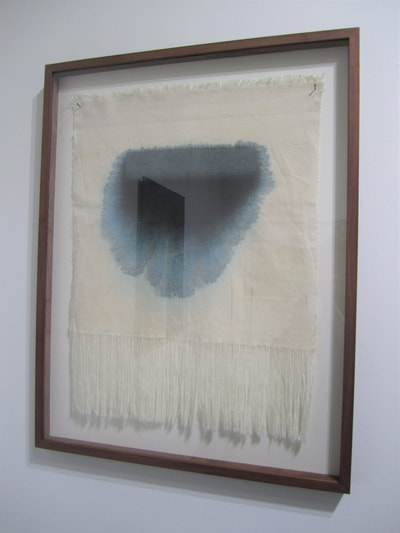
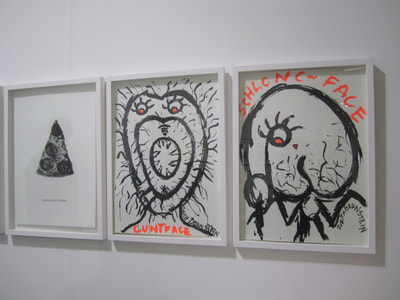
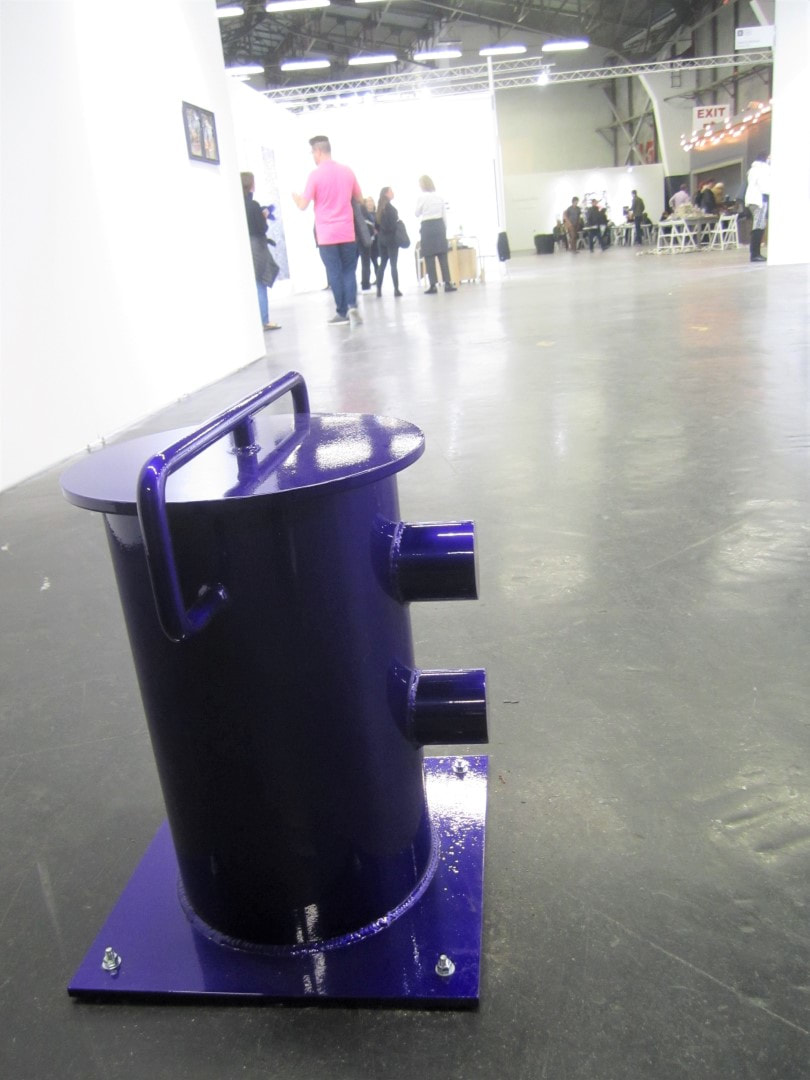
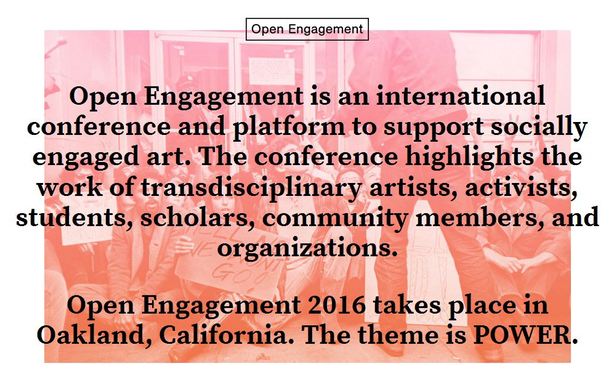

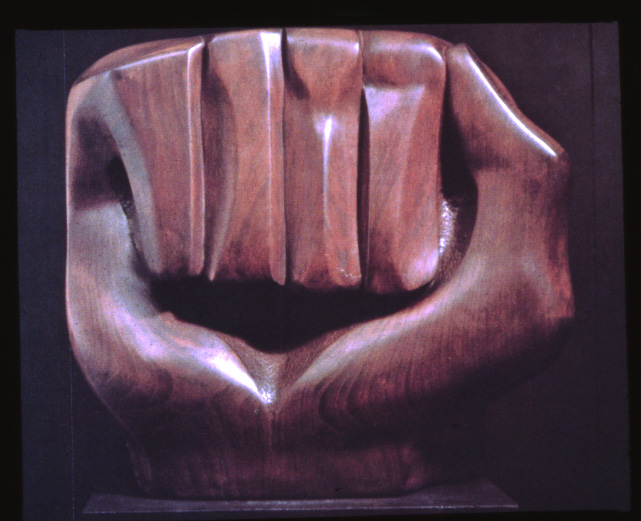
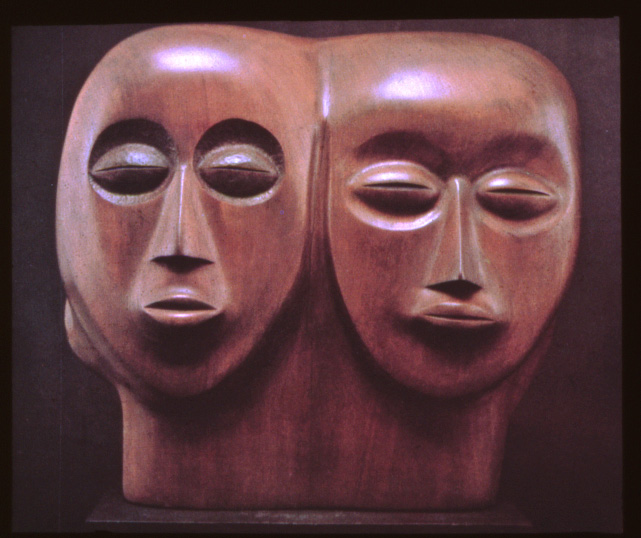
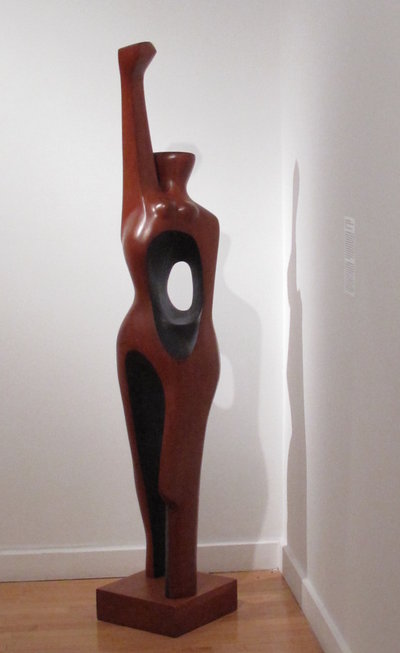
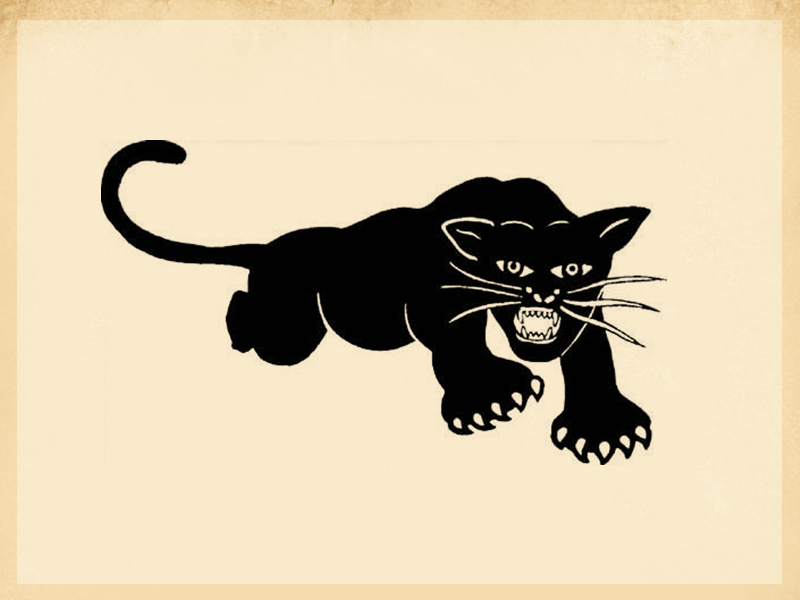

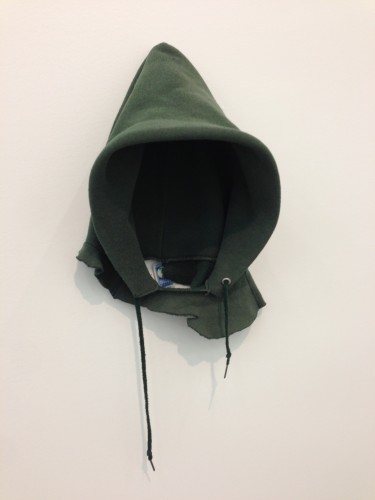

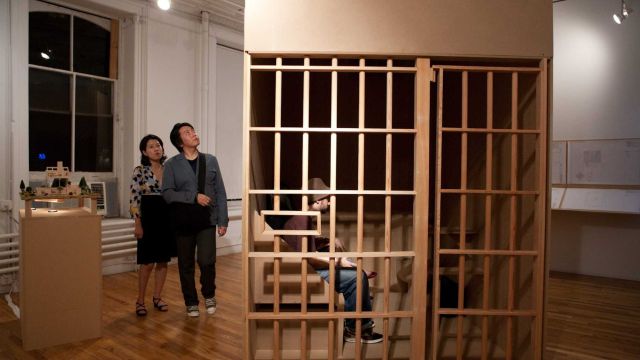
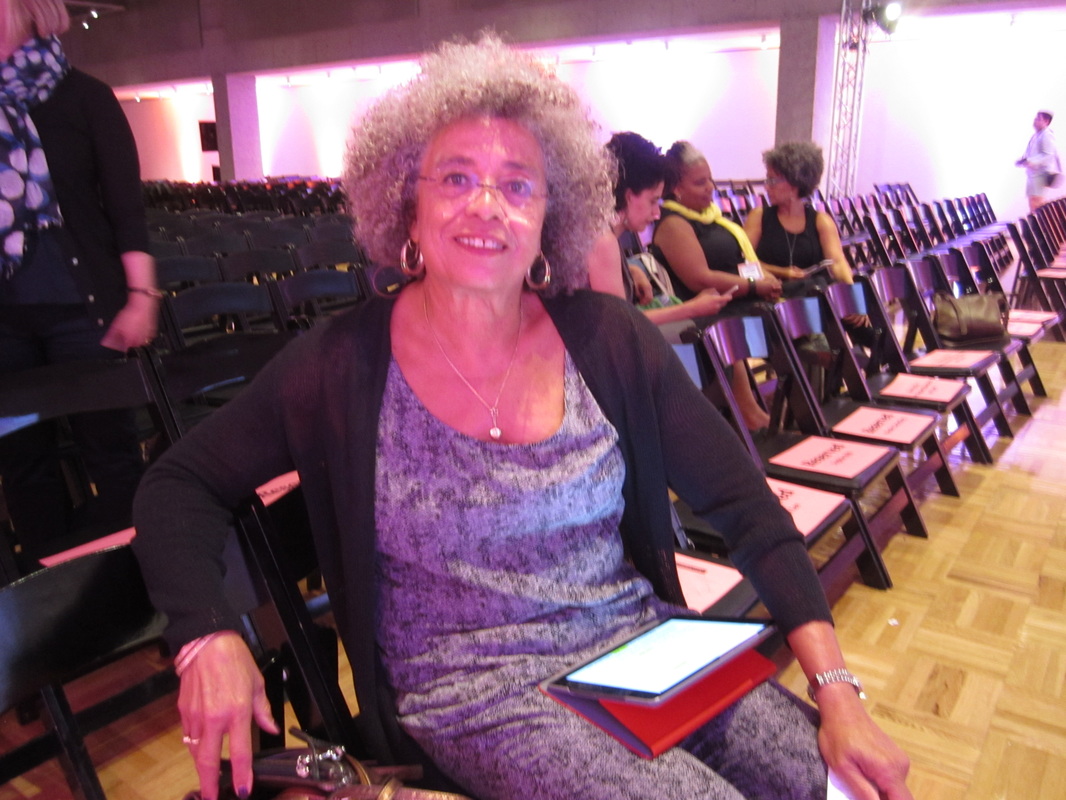
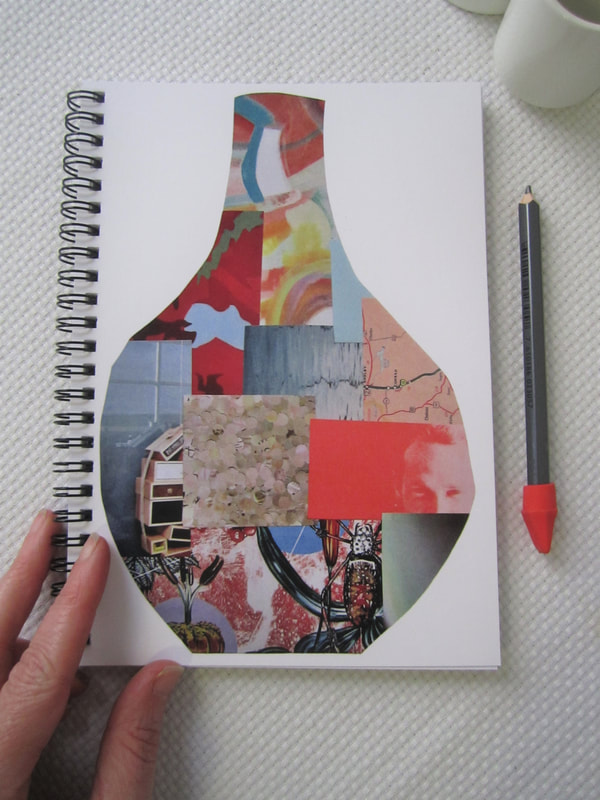
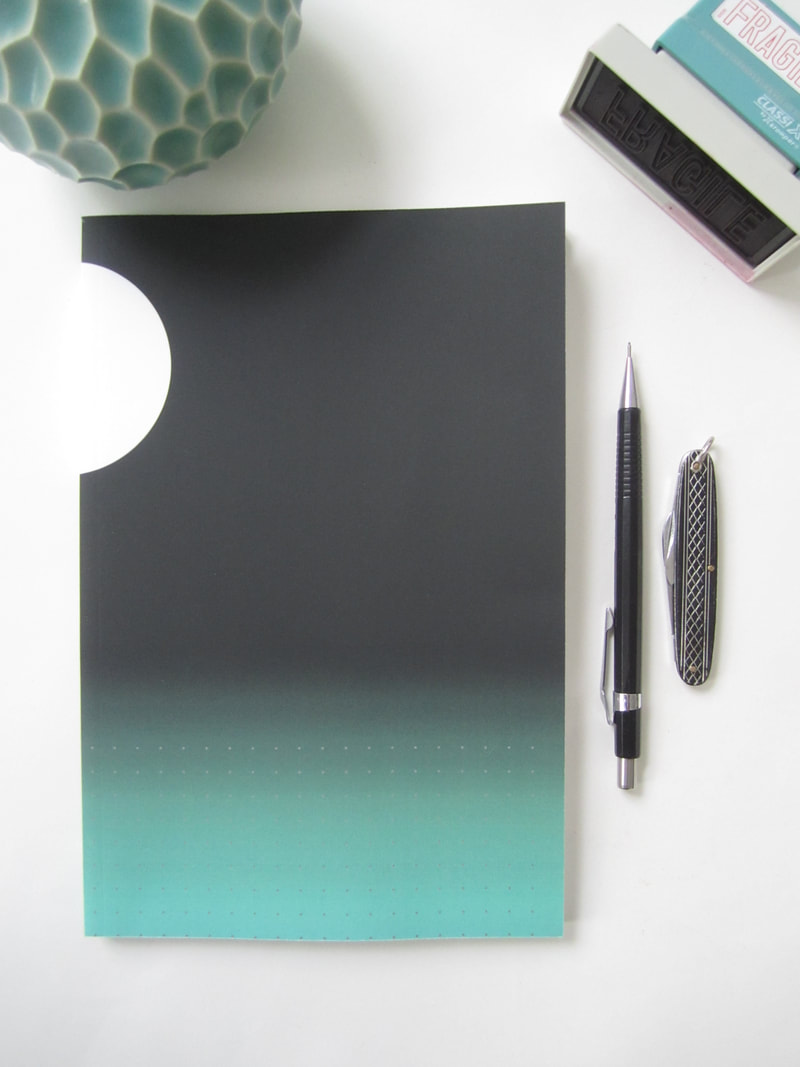
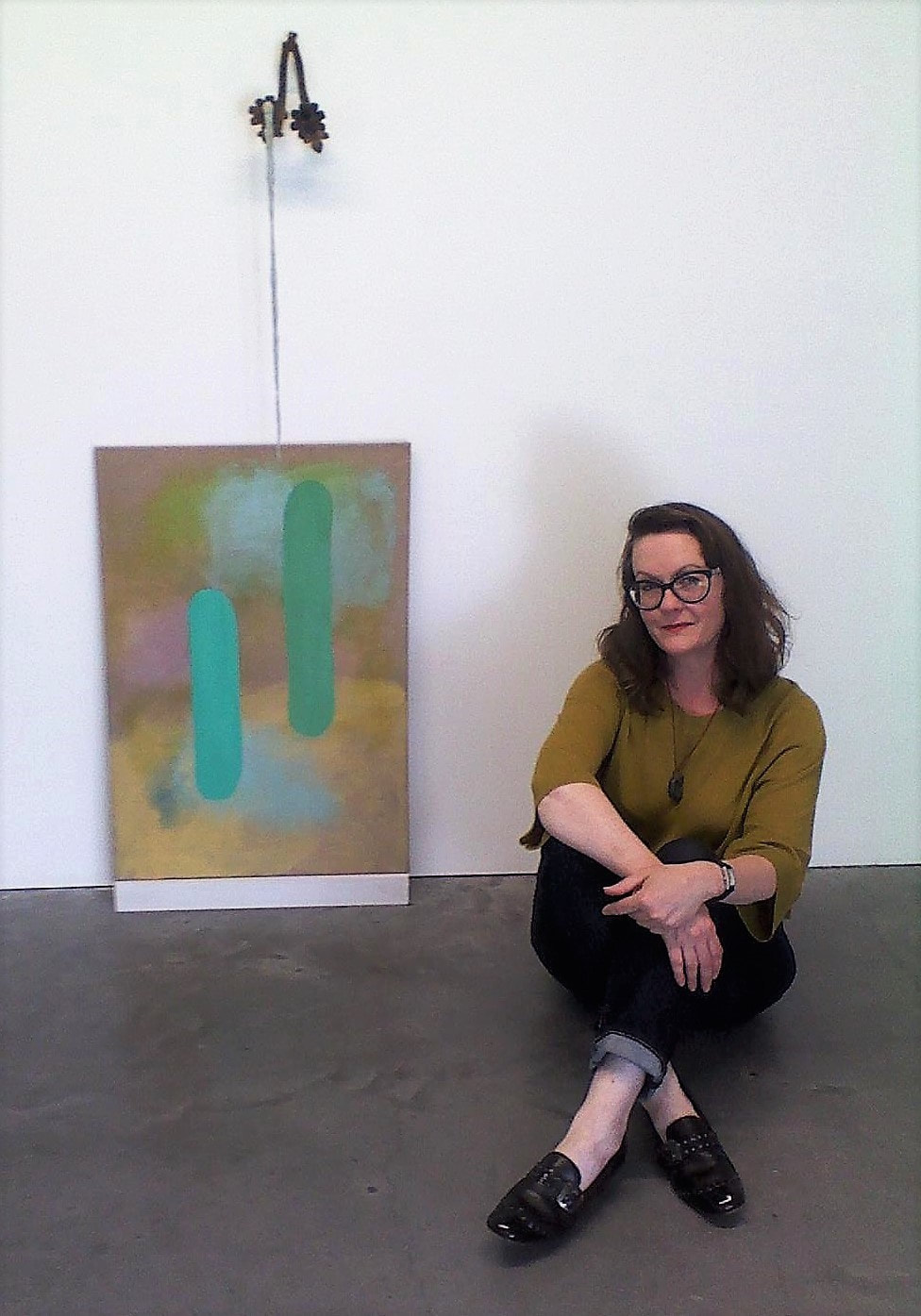
 RSS Feed
RSS Feed